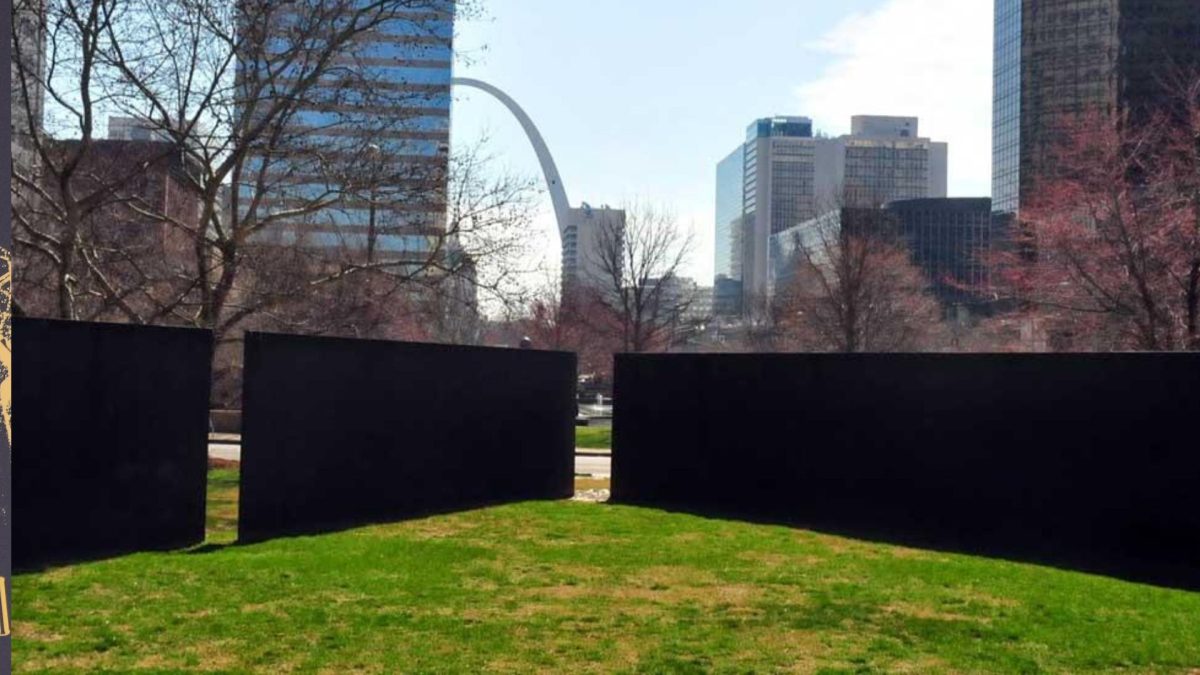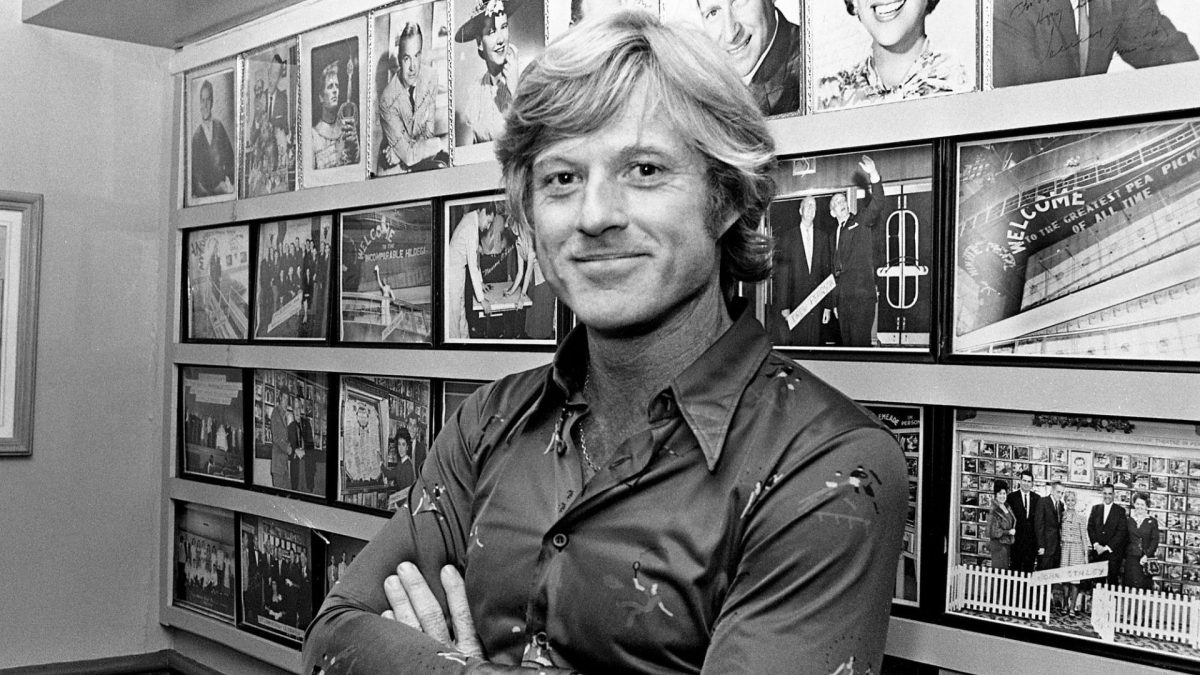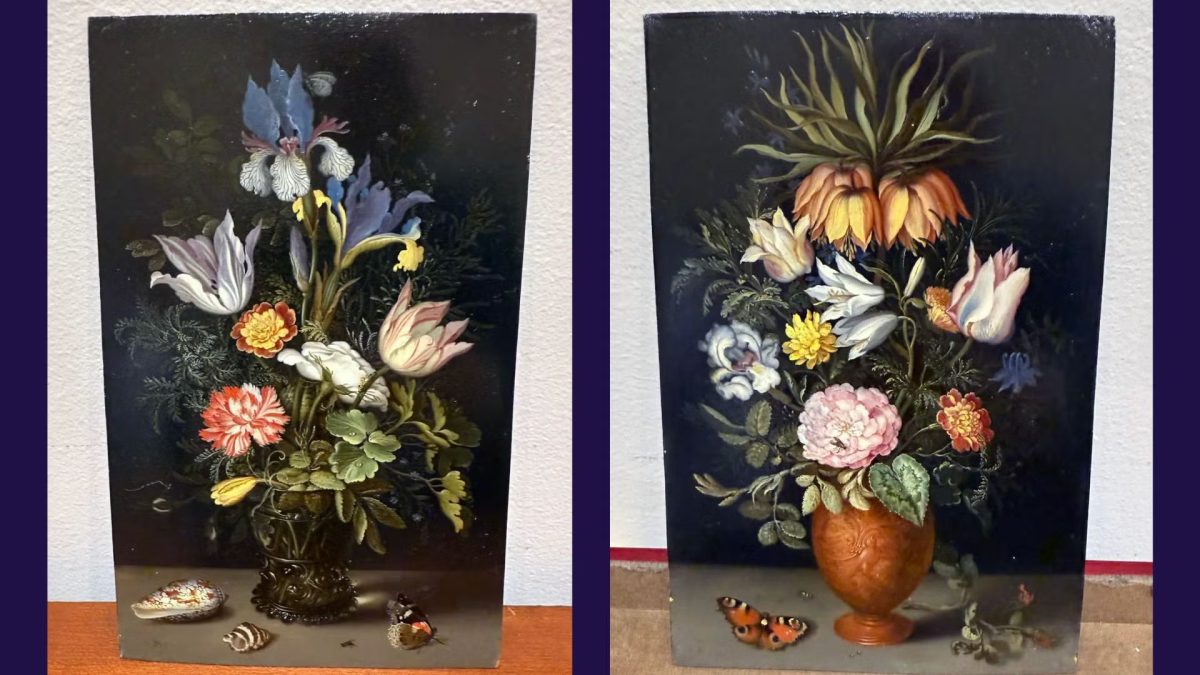There’s a Richard Serra sculpture in the courtyard of St. Louis’s Pulitzer Foundation for the Arts. I was 20 when I first saw it, taken to the museum by a beloved professor. I was only beginning to learn about art, and the curious ways in which being exposed to it can reshape your mind.
The 1999 piece is called Joe, and like all of Serra’s masterworks, it’s enormous: A giant construction that feels as if it might have sprung naturally from the earth, or been placed gently atop it by ancient, alien visitors. It’s a weathered steel coil; viewers are supposed to walk through it, until they reach the quiet open circle at its core. It’s a modernist, metal version of a European country home’s hedge maze; an imagination of what might result if a river started carving a slot canyon, then decided to burrow down toward the center of the earth.
It was midsummer, and the heat was extreme. But a coolness came off the tilted, titanic walls. There was shade and stillness within them. I reached the center, and looked up at the blue, blue sky.
ADVERTISEMENT
Serra, the child of a Russian-Jewish mother and Spanish father, died Tuesday at 85. His art worked by changing space: He didn’t make objects to look at, but rather interruptions in the gravity of a room, plaza, or field. It was as if he turned air currents into oxidized steel.
His sculptures are all of unthinkable weight, but they foster an expansive sense of freedom. Standing in that St. Louis coil, back in the summer of 2013, I felt weightless — penned in, but also alone with the sky, and the gravel under my feet, and the sun on my shoulders. There is an unknowable order to reality. Maybe this was what it was supposed to look like.
Serra was good friends with the composer Philip Glass; it was while traveling Europe with Glass, who was once Serra’s assistant, that Serra began to turn away from his goal of being a painter, and, eventually, toward sculpture. Within that turn was a great rejection of his own ego. His art was no longer about an expression of something internal; it became about the viewers who would experience it.
ADVERTISEMENT
“The whole subject-object relationship is reversed,” he told the Guardian in 2008. “The content is you! If you don’t walk into the work and engage with it, there isn’t any content.”
There’s a harmony between that vision and Glass’ music, a sense that what matters most is not the artist’s sense of what he’s making, but the effect it will have on the person who witnesses it.
For Glass, that ethos manifested in a music that turns trancelike, as if it wants to drum listeners into a different plane of reality. For Serra, it led to a fascination with emptiness, and the ways in which emptiness can be experienced as substantial. After living in Japan and developing a love for Zen gardens, he told The Art Newspaper in 2011, “I started constructing with the void first, and the material just became the container for the void.”
Earlier in the summer I first encountered Serra, I visited a famous Gothic cathedral in York, England. As I stepped in, I remember feeling, inexplicably, that it seemed like the cathedral had probably always been there, and the architects had simply been wise enough to notice and make it visible.
Something about the space felt predetermined. I began to cry. It didn’t matter that this space wasn’t for my religion. It didn’t matter that one of the worst antisemitic massacres in English history had happened only yards away. It only mattered that someone had made something that felt so very right — like it occupied exactly the right place in the world, in exactly the right way..
That cathedral is a container for the void. Joe, with its mysterious name, is too. In some ways, so is every human: There is a terrifying and awesome infinity in the soul. That day in St. Louis, that sense of a defined vacuum changed me. For a moment, I was more than myself, and less than myself; one with my environment, and completely discrete within it. I felt the void, and it was friendly.
“I want people to understand themselves, to give them another idea of what an experience of the world can be,” Serra said in that 2011 interview. “I am just presenting a possibility.”
















